
Determining who is responsible is crucial in how your personal injury claim unfolds when you’re involved in an accident. Fault is established based on evidence, legal principles, and the incident’s circumstances. Whether your case involves a car accident, slip and fall, or another type of injury, liability must be proven to seek compensation. Various factors, such as negligence, duty of care, and comparative fault, come into play. Understanding how fault is determined can help you prepare for the legal process and strengthen your claim.
The Role of Negligence in Determining Fault
Negligence is the foundation of most personal injury cases. To establish negligence, you need to show that another party had a duty to act responsibly, failed to do so, and caused harm. For example, a driver who speeds through a red light and collides with another vehicle has likely acted negligently. In slip-and-fall cases, a property owner who ignores hazardous conditions may be held responsible for injuries sustained on their premises. Proving negligence requires gathering substantial evidence, such as accident reports, surveillance footage, witness statements, and expert testimony. Without a clear demonstration of negligence, recovering compensation can be challenging.
Comparative and Contributory Fault
Often, the fault is not permanently assigned to just one party. Some states follow a comparative fault system, meaning your compensation can be reduced based on the percentage of fault assigned to you. For instance, if you’re found to be 20% responsible for a car accident, your settlement may be reduced accordingly. Other states use a contributory negligence rule, which may prevent you from recovering compensation even if you are at fault. Understanding how your state’s laws apply to your case is essential, as they can significantly impact your financial recovery.
Evidence That Supports Your Claim
Proving fault requires strong evidence that establishes liability. Medical records, accident scene photos, and police reports support your case. Eyewitness testimony can provide additional clarity, while expert opinions from accident reconstruction specialists or medical professionals can reinforce your claims. Insurance companies often conduct their investigations without solid proof, they may attempt to shift blame or minimize your compensation. Keeping thorough records and seeking legal support can help counter these tactics and strengthen your claim.
Seeking Compensation for Your Injuries
Understanding the types of damages available can help you make informed decisions when pursuing a personal injury claim. Medical expenses, lost income, pain and suffering, and even punitive damages may affect your compensation. To build a strong case, you need thorough documentation, expert opinions, and an attorney who can advocate for your best interests. If you’re dealing with the aftermath of an accident, handling the process alone can be overwhelming. Legal guidance can protect your rights and improve your chances of securing the compensation you deserve. Contact Bonnici Law Group (BLG) today to take the first step toward resolving your case and confidently moving forward.









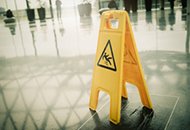
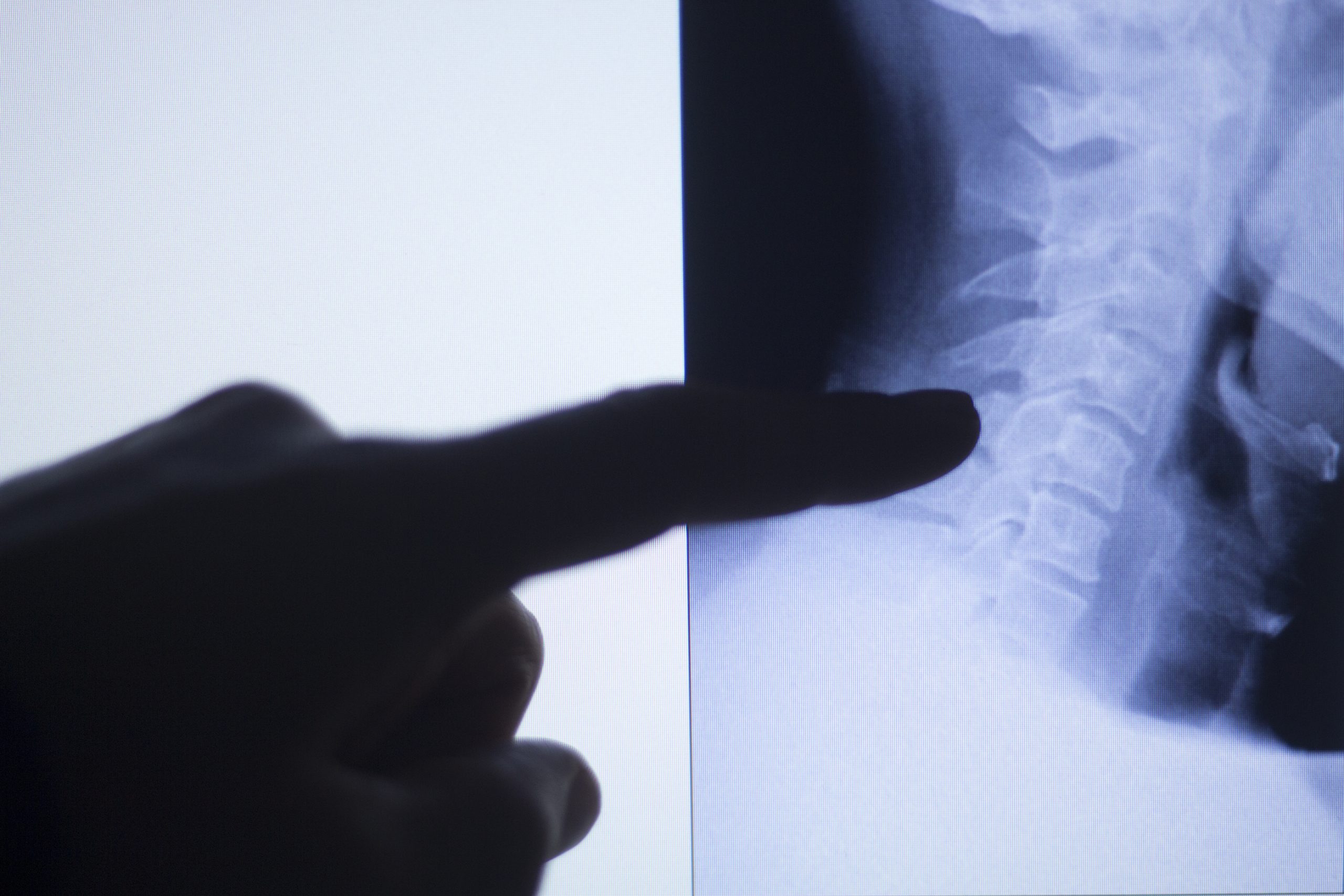


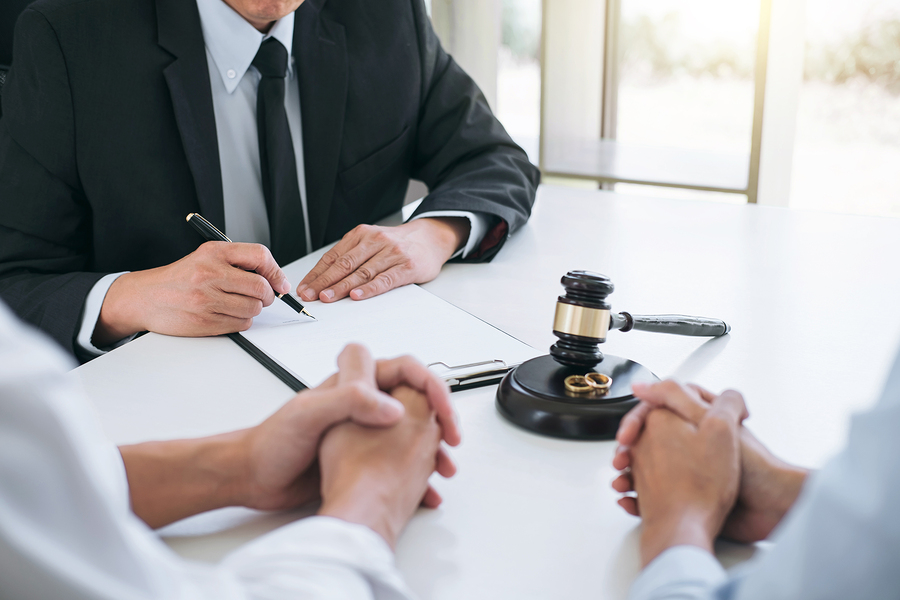
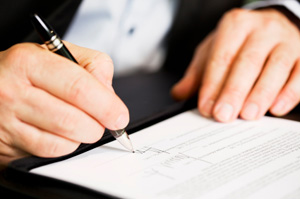
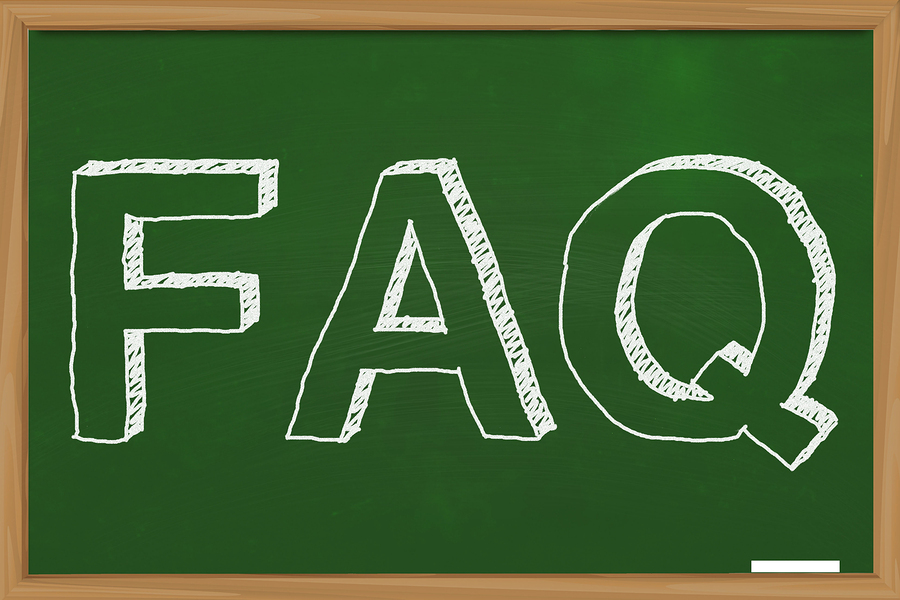
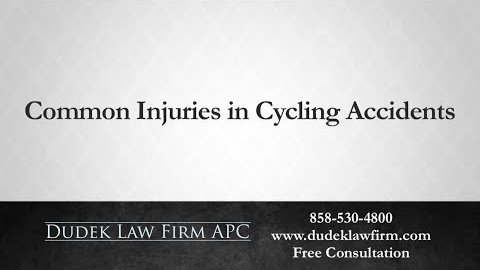

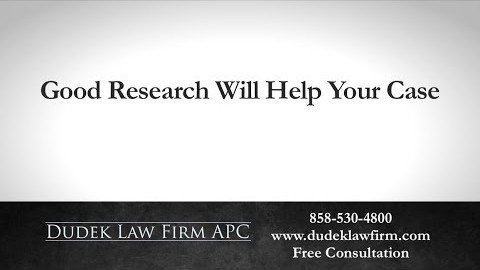
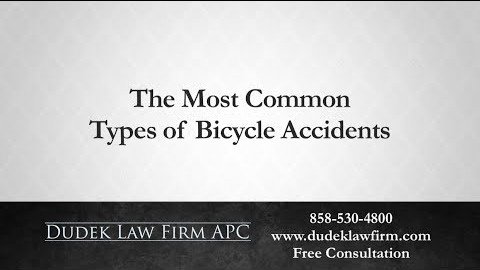

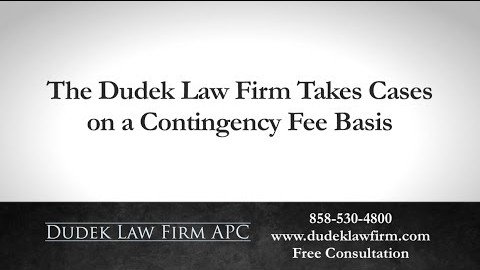
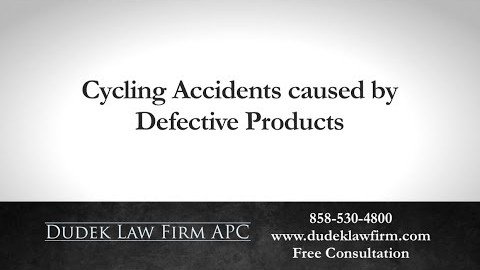
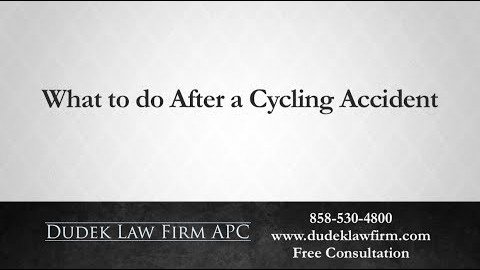

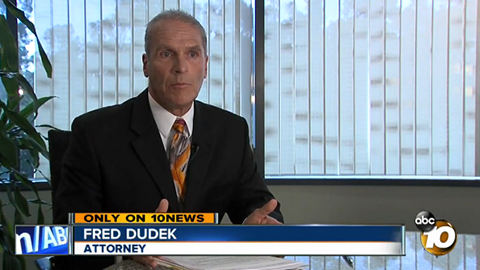
 1620 5th Avenue
1620 5th Avenue 1620 5th Avenue
1620 5th Avenue